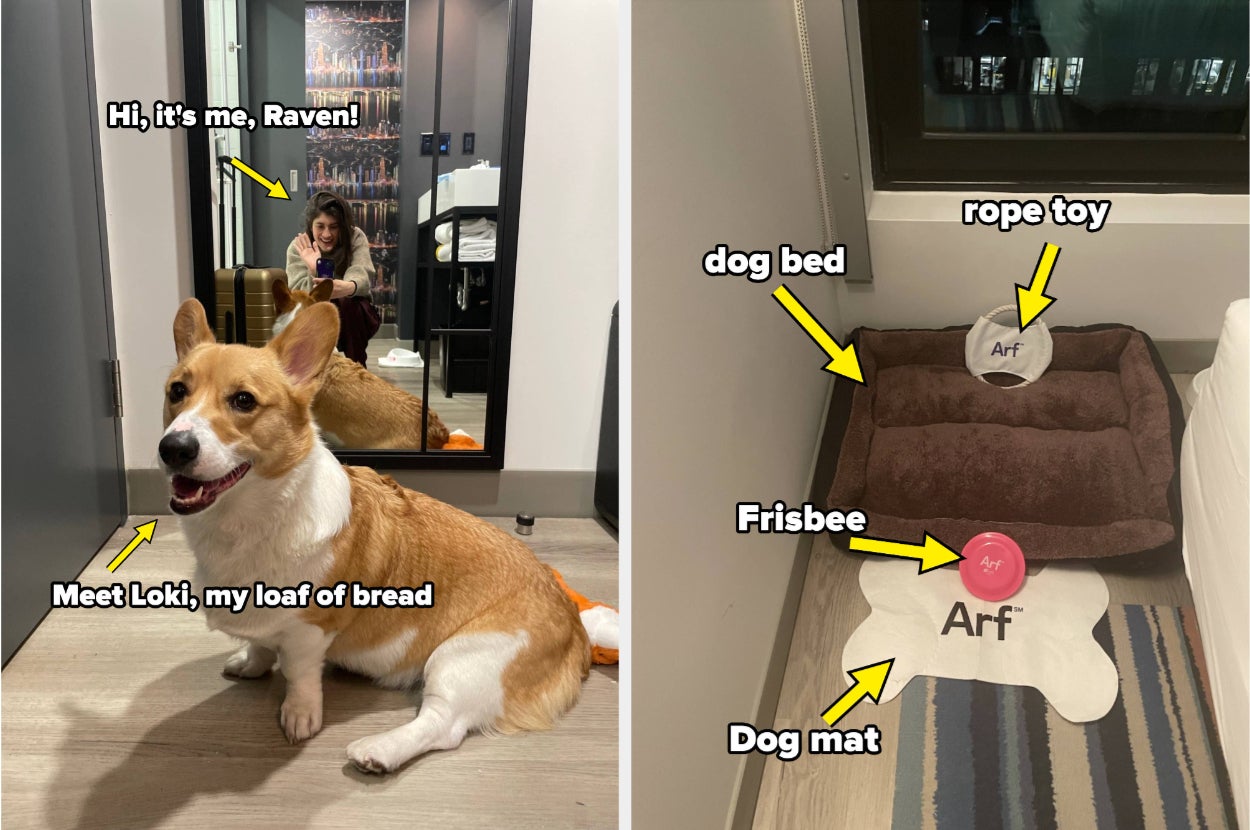Chief technology officers (CTOs) are charged with discovering technology solutions that can help their organizations gain a competitive edge. These leaders also keep an eye out for tools that can help them and their teams work more efficiently and achieve great results.
I asked CTOs about the products and services they’re using for collaboration and knowledge sharing, particularly in hybrid and remote teams. What I found was a mix of tried-and-true collaboration tools and newer products that leverage exciting trends in the tech world today.
Collaboration and productivity
Because communication with tech teams and other C-level executives is such an important part of the CTO’s job, it is not surprising that tools that improve collaboration and productivity were key for the tech leaders I spoke with.
“Collaboration and productivity tools such as Slack, Google Workspace, and Microsoft Office 365 help me communicate effectively with my team members and stakeholders, as well as access, collaborate on, and organize files in the cloud,” says Ariel Katz, CTO at software company Sisence.
“Slack allows for real-time communication and file sharing among team members, while Google Workspace and Microsoft Office 365 [provide] me with essential tools such as email, document creation, and project management,” Katz says. “I’m using Microsoft To-Do and OneNote to manage and share meeting notes I’m taking, typically on a tablet with a pen.”
“Collaboration tools including video conferencing platforms [help] our teams to work effectively across the globe,” says Robert Rozploch, CTO at Clearspeed, a provider of risk assessment tools.
“I work with teams of people across the globe, and it’s crucial for us all to be on the same page at all times, while also fostering a sense of connection in this changing workplace dynamic,” Rozploch says. “Culture is just as important as tools for encouraging business and technical teams to work together. We work to make sure that teams are either connected on the same platform, or are using tools that are well integrated with each other, making it easy to find what they need and work together.”
Knowledge management platforms
Knowledge management software is designed to provide access and oversight as information moves throughout an enterprise. It’s used for operations related to documents and files.
Research firm Gartner says knowledge management software is compatible with multiple file types such as documents, presentations, audio-video files, etc., to help enable operations. “Enterprises leverage the software to create a centralized repository of information that traditionally existed in silos,” the firm says.
The main function of the software is to store, retrieve, and share information across an organization in a convenient, secure, and reliable manner, the firm says.
“One of the most crucial tools I use is a knowledge management platform such as Confluence,” says Aron Brand, CTO of CTERA, a provider of cloud-based services. “It allows me to preserve the wealth of knowledge generated within my organization in a centralized, searchable repository.”
This is essential in Brand’s role as a CTO, “as I need to have quick access to a variety of information, including engineering documents, product management discussions, competitive materials, and more,” he says. “This tool also enables effective collaboration, as I can share and discuss ideas with my team in the context of the documents that we are building together.”
Large language models
It’s no surprise that CTOs are integrating large language models (LLMs) such as Generative Pre-trained Transformer 3 (GPT-3) into their workflow.
ChatGPT, an AI chatbot developed by OpenAI and launched in November 2022, is built on GPT-3 and is one of the fastest-growing consumer software applications in history. It allows users to refine a conversation toward a particular length, format, style, level of detail, and language used.
Large language models including GPT-3 have become indispensable for Brand in his work. “These tools are a huge timesaver and enhance my productivity by providing quick and accurate answers to various questions,” he says. “This has become a valuable daily tool for me, as it allows me to make informed decisions rapidly and take on writing tasks with confidence.”
Brand says he has been using LLMs such as GPT-2 and GPT-3 since they became publicly available. He says they have played a vital role in keeping him ahead of the curve.
“Machine learning and AI technologies are becoming increasingly important for organizations that rely on data-driven insights to make informed decisions,” Katz says. “As a CTO, I use AI-powered conversational agents like ChatGPT to improve my productivity and gain insights into various technical aspects of my organization.”
Digital whiteboards and other visualization tools
A digital or interactive whiteboard is a large interactive display board that can be standalone through a touchscreen on a computer or a connected device. Cloud-based platforms let users taking part in a collaborative session control the board and contribute to its content.
“As a CTO, it is important to accept that it’s not always the new cool and fancy technologies that help you do your job better, but how you use available tools,” says Kevin McInturff, CTO at Logility, a company that provides demand-planning software for the supply-chain market.
“Digital whiteboards became one of my favorite tools pre-pandemic for their ability to quickly discover information, align on understanding, and create a less ephemeral artifact than their [in real life] equivalent,” McInturff says. “During the pandemic, they became essential as in-person time became impossible, but we still needed to deliver on projects.”
Ninish Ukkan, CTO at Arvest Bank, says he values mentorship and providing the next generation of product developers with guidance and support so they can reach their full potential and make a positive impact in the world.
“As a result, I try to use various collaboration and visualization tools in my day-to-day work to ensure my team gets the support they need to succeed,” Ukkan says. Some of the tools he uses include Miro Boards for general visualization and Lucid Charts for technical pictures.
Copyright © 2023 IDG Communications, Inc.
Source link











Leave a Reply